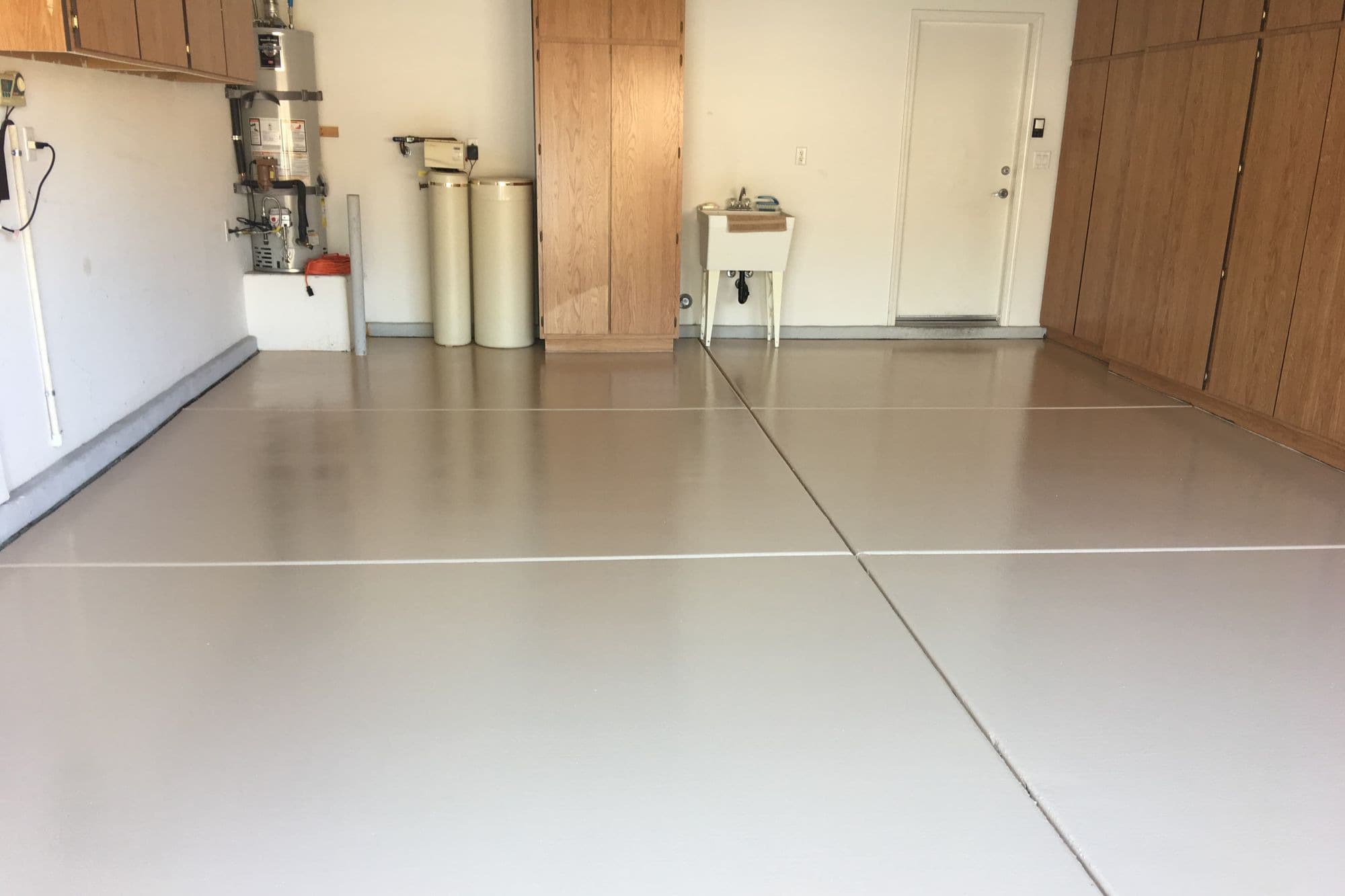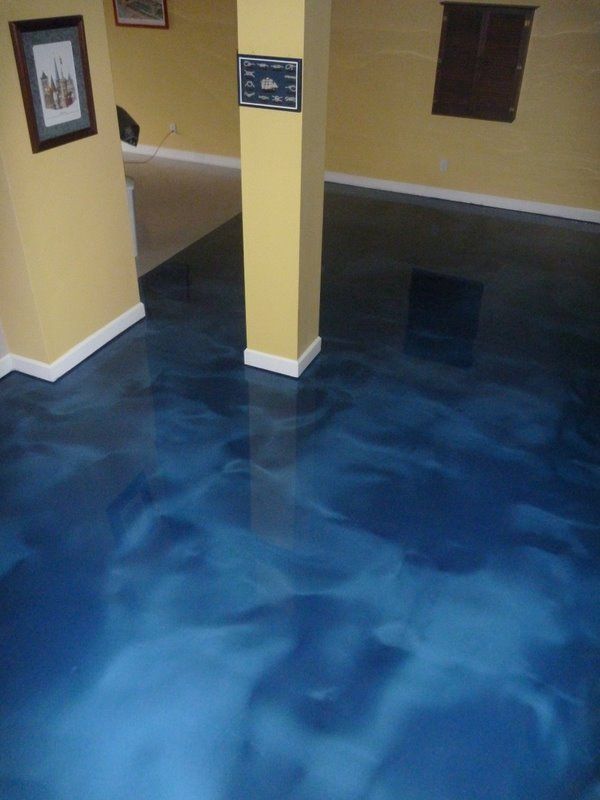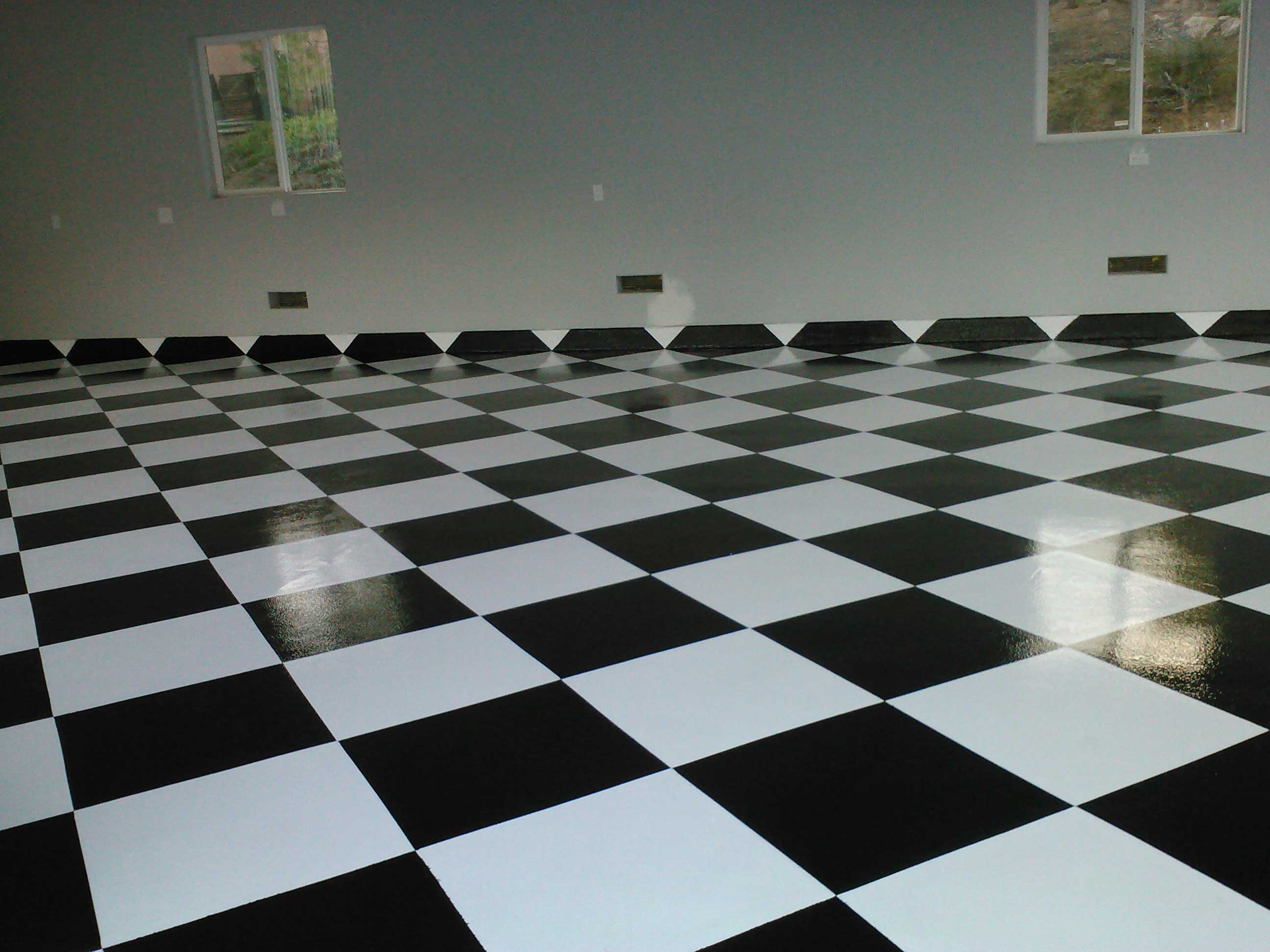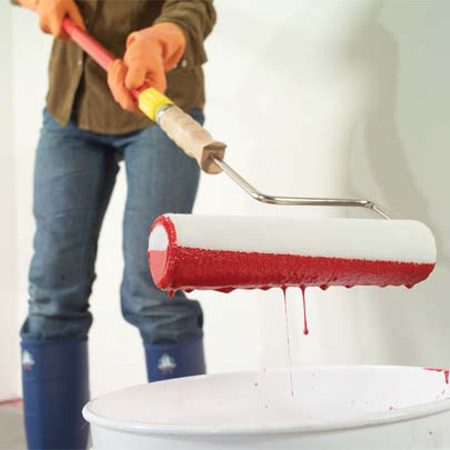Painting over an existing epoxy garage floor requires careful preparation for proper adhesion and long-lasting results. Start by assessing the current epoxy condition—peeling, flaking, or worn areas need thorough scraping and sanding. Deeply etched surfaces provide better mechanical bonding for the new coating. Clean the floor with a degreaser to remove oil stains, followed by acid etching or diamond grinding for optimal surface profiling. Existing epoxy must be fully cured; painting over fresh or uncured coatings causes bonding failures. Always check manufacturer guidelines about recoating timelines and compatibility between products.

Choosing the right paint system ensures durability under garage conditions. Epoxy-based paints offer the best adhesion and chemical resistance for recoating projects. Water-based epoxy hybrids simplify application with low odor but may sacrifice some durability. Polyurethane topcoats enhance UV resistance for sun-exposed areas near garage doors. For high-traffic zones, consider adding anti-slip additives to the final coat. Avoid latex or acrylic paints, which lack the necessary toughness for vehicular traffic. Purchase all components (primer, base coat, topcoat) from the same product line to guarantee compatibility.
Proper application techniques prevent common coating failures. Maintain ideal temperatures (usually 50-90°F) during application and curing. Use a long-nap roller for even coverage over textured surfaces. Apply thin, consistent coats—thick layers bubble or peel under stress. Allow full curing time between coats (typically 12-24 hours). Pay special attention to edges and corners where peeling often starts. Most systems require 72 hours before light vehicle use and 7 days for full cure. Heating the garage during cold months ensures proper chemical bonding if temperatures drop below recommendations.
Surface imperfections require specific solutions before repainting. Fill cracks with epoxy-based patching compounds, feathering edges smoothly. Glossy areas need sanding to a matte finish for mechanical adhesion. Oil stains may require specialized stain blockers to prevent bleed-through. Moisture issues demand a moisture test—tape a plastic sheet to the floor for 24 hours; condensation indicates needed remediation. For severely damaged epoxy, complete removal might be necessary before repainting. These preparatory steps add time but prevent premature coating failure and costly rework.
Maintenance extends the life of a repainted epoxy floor. Place rubber mats under vehicle tires to prevent hot tire pickup—a common cause of coating failure. Clean spills promptly with pH-neutral cleaners to avoid chemical damage. Reapply sacrificial wax coatings quarterly for high-traffic areas. Avoid metal-edged snow shovels or sharp tools that can scratch the surface. With proper prep and care, a repainted epoxy garage floor withstands years of heavy use while maintaining its protective and aesthetic qualities. Always keep leftover paint for touch-ups in damaged areas.
Epoxy Flooring, Epoxy floor, Concrete floors
Epoxy Garage Floor Coatings – San Diego Garage Excell
Epoxy Flooring Oakland Epoxy Floor
How To Apply Epoxy Floor Paint To Your Garage The Family Handyman
Related Posts:






